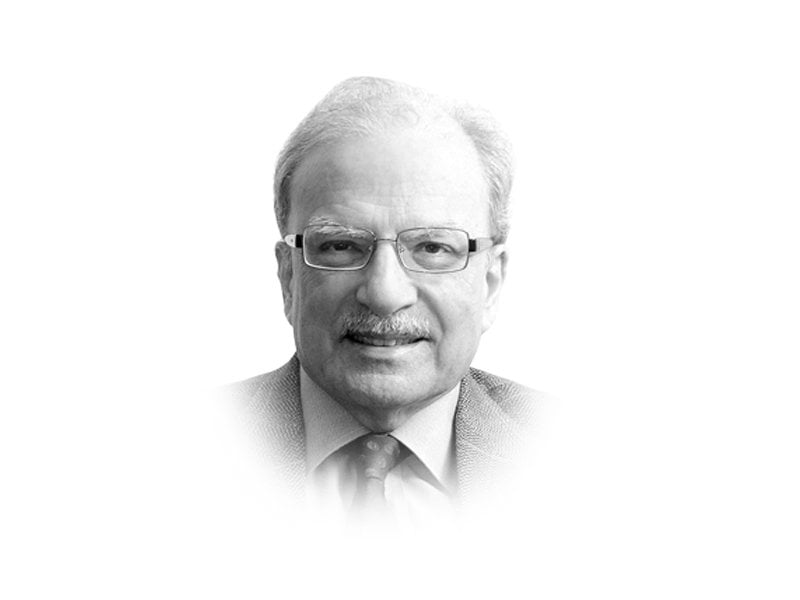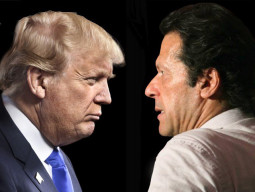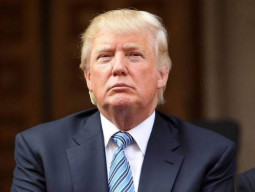
In less than thirty months he has been in office, Donald Trump, America’s 45th President, has changed the way the global economic and political systems work. It had taken several decades for the world to structure a system that worked on the basis of international consensus on all major issues. The effort was led by the United States during the presidencies of both Democrats and Republicans. By the time Trump assumed office, all countries — big and small, rich and poor, powerful and weak — had surrendered a bit of sovereignty in favour of a rule-based global order in which collective decisions were taken by institutions that did not favour a particular nation or a group of nations. Trump believed — and he had convinced what came to be called his political base — that such a system had harmed the United States. He promised his followers that America would go alone. This was to be the case in particular in the area of international commerce.
Almost every passing day brought some move by the United States administration headed by President Donald Trump that would hurt the world. The latest use of tariffs was to pressure Mexico to stop at its southern border people from Central America from coming in on their way to the United States. It was not an easy journey for them; they were trying to escape poverty and violence in their countries. The migrants followed two strategies: they either slipped across the border undetected and joined the 11 to 12 million illegal migrants who were already in the United States or presented themselves for arrest and then applied for asylum. There was a long queue for asylum seekers and it took months, sometimes even years, to process the claims. During this waiting period, the migrants could work. The Trump administration had tightened the security all along the border and slipping in had become increasingly difficult. Seeking asylum became the preferred strategy. Tens of thousands chose that route.
The United States Custom and Border Agency called the border breach on May 28 the largest in history. The agency held 1,036 immigrants from Tijuana across the border into the United States. The group included 934 family members, 63 unaccompanied minors and 39 single adults. Mick Mulvaney, President Trump’s acting Chief of Staff and a hard liner on immigration, told a television host, “We’re facing things at the border we’ve never experienced before.” Having been convinced that the Mexican authorities were not prepared to stem the flow by stopping the migrants at the country’s border with Central America, President Trump decided to use other forms of pressure.
President Trump had given himself a name — he said he should be called ‘Mr Tariff’.
Not knowing or willing to understand the impact of tariff increases, he had used the instrument several times in the thirty months he had been in office. On May 31, he announced that on June 10 an import duty of 5 per cent would be levied on all imports into the United States from Mexico. The duty would increase by five percentage points every month until it reached 25 per cent unless the Mexican government moved to reduce the flow of Central Americans. He wanted the Mexicans to stop the migrants at the border who crossed into their country from Central America; prevent Mexican transporters to ferry the migrants to the border with the United States; and house them in Mexico while those who made it to the border and applied for asylum were waiting for their applications to be processed. “The problem is that Mexico is an ‘abuser’ of the United States, taking but never giving,” Trump said in a pair of tweets on June 2. “Either they stop the invasion of our country by drug dealers, cartels, human traffickers... or our many companies and jobs that have been foolishly allowed to move South of the Border, will be brought into the United States through taxation (tariffs). American has had enough!”
Trump was not deterred by the opposition to his decision to use tariffs on Mexican imports to get that country’s government to reduce the number of people who were leaving Central America to get admission into the United States. The only way of reducing this flow was to help the Central American nations improve the quality of governance and economic prospects of their citizens. That needed American aid and expertise. However, President Trump decided to significantly cut assistance. Once again Trump showed his ignorance of the way the economies and the global system worked. His move shocked both the United States and Mexico. Experts believed that the proposed action would damage both Mexico and the United States, possibly also the rest of the world.
This time even the Republicans in the United States indicated that they would oppose the Trump move since it would seriously affect constituencies they represented. Since the adoption of the North America Free Trade Area, or Nafta, the American and Mexican economies had become integrated. This was the case in particular with the automobile industry and the sector of agriculture. The use of extensive supply chains was the way most of manufacturing was done. It was not unusual for a car sold in the United States to be designed in Germany which also made its transmission system but the engine was made in Japan and most of the body parts were built in Mexico. Trump’s tariffs had begun to disrupt this system.
Trump was not only disrupting the global economic system, he was also on shaky legal ground. The use of tariffs to hurt those opposed to the United States was done under the 1977 International Emergency Economic Powers Act aimed at sanctioning foreign enemies and groups hostile to the United States. Pakistan has some groups operating in the country where Washington could use the IEEPA. It was used to freeze the assets of Iran; to impose embargoes; to punish drug producers and those who traffic in them; to restrict transactions involving weapons of mass destruction. According to Jennifer Hillman, professor of law at Georgetown University, the law was “intended to give the President the power to impose economic sanctions when the President finds an unusual and extraordinary threat to national security or economy of the United States from foreign sources.” According to her, the law has no reference to the use of tariffs.
Published in The Express Tribune, June 10th, 2019.
Like Opinion & Editorial on Facebook, follow @ETOpEd on Twitter to receive all updates on all our daily pieces.
































































COMMENTS
Comments are moderated and generally will be posted if they are on-topic and not abusive.
For more information, please see our Comments FAQ